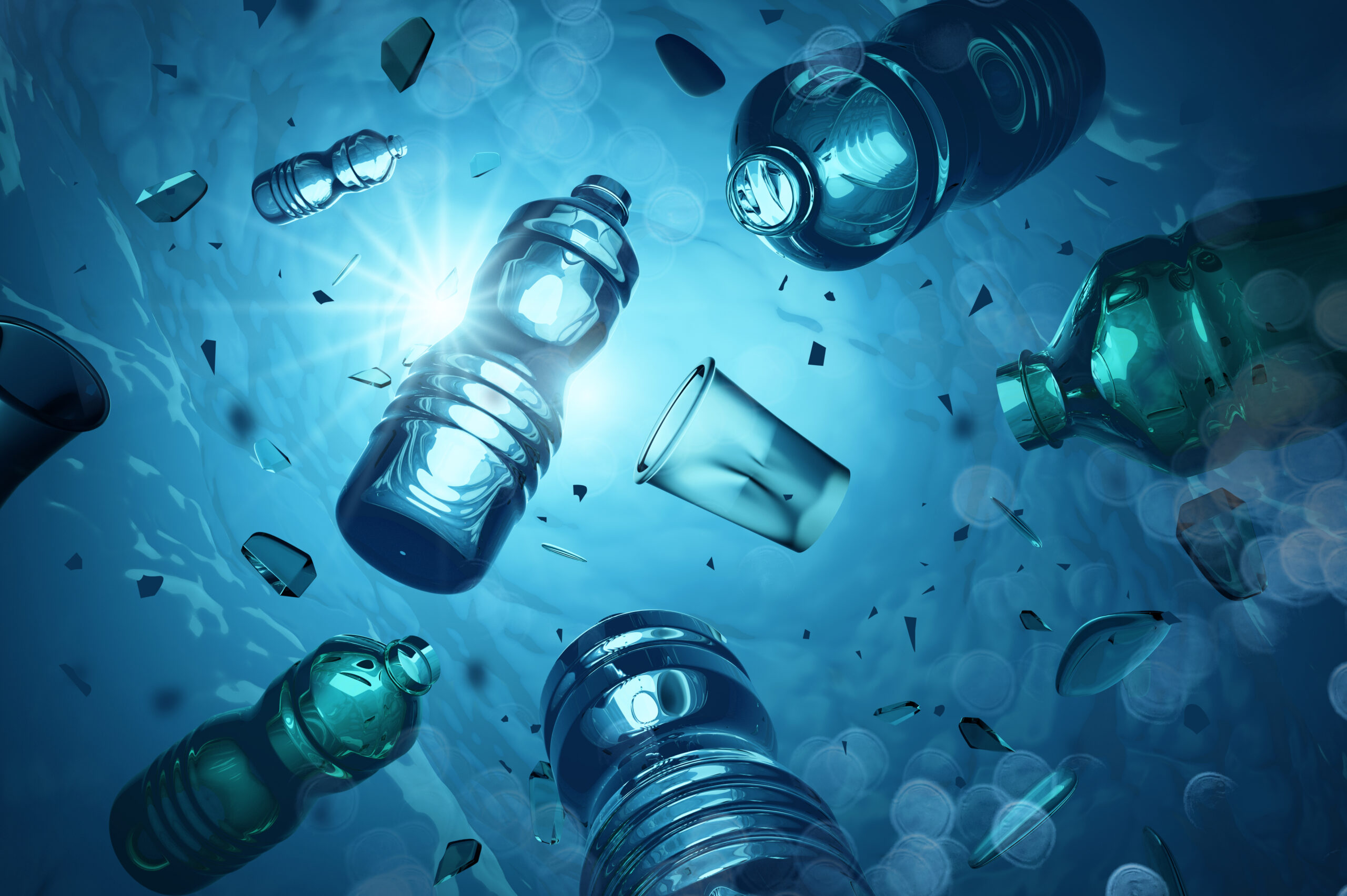The tons of plastic pollution that have laid waste on this planet may be causing serious problems to our physical health. Scientists have found that tiny fragments of plastics, known as microplastics, have been appearing in different parts of our bodies. But this leads to the big question of, “how harmful are they really?”. These tiny microplastics, measuring less than 5 mm (0.2 in), can enter us through different ways (whether through ingestion or inhalation). Although not many studies showing serious health concerns exist, some cause for concern still remains.
Small pieces of microplastics
Image Source: Alistair Berg
To further seek out the dangerous impacts that microplastics have on human health, scientists have started to look at their effect on marine life given the plastic-polluted oceans around the world. Scientists have found that with the heavy concentrations of microplastics in the ocean, it has led to fish having to undergo major detrimental health effects such as aneurysms and reproductive changes. Other studies have also revealed that the presence of microplastics leads to mussels not being able to grow properly and cling strongly onto surfaces. By researching the relationship between marine life and microplastics, scientists hope to use this as a model to develop metrics for human studies.
Recently, a study has come out on the toxic effects of microplastics in human cells. The study shows that the material can change the shape of human lung cells, impact the cell membrane, and cause symptoms similar to allergic reactions. The chemicals used to create these plastic particles can also pose a major problem, as the chemicals used to make plastic flexible and durable are linked to health effects such as damaged brain cells, as well as increased cholesterol and heart disease risk. As alarming as all of the effects of microplastics on our health are, demonstrated by the various studies, there is not enough concrete evidence to present how dangerous the impacts truly are. However, as more studies are being done, scientists can get a better picture of how microplastics behave thus helping scientists better understand the detrimental effects with greater certainty.
Featured Image Source: James Thew










